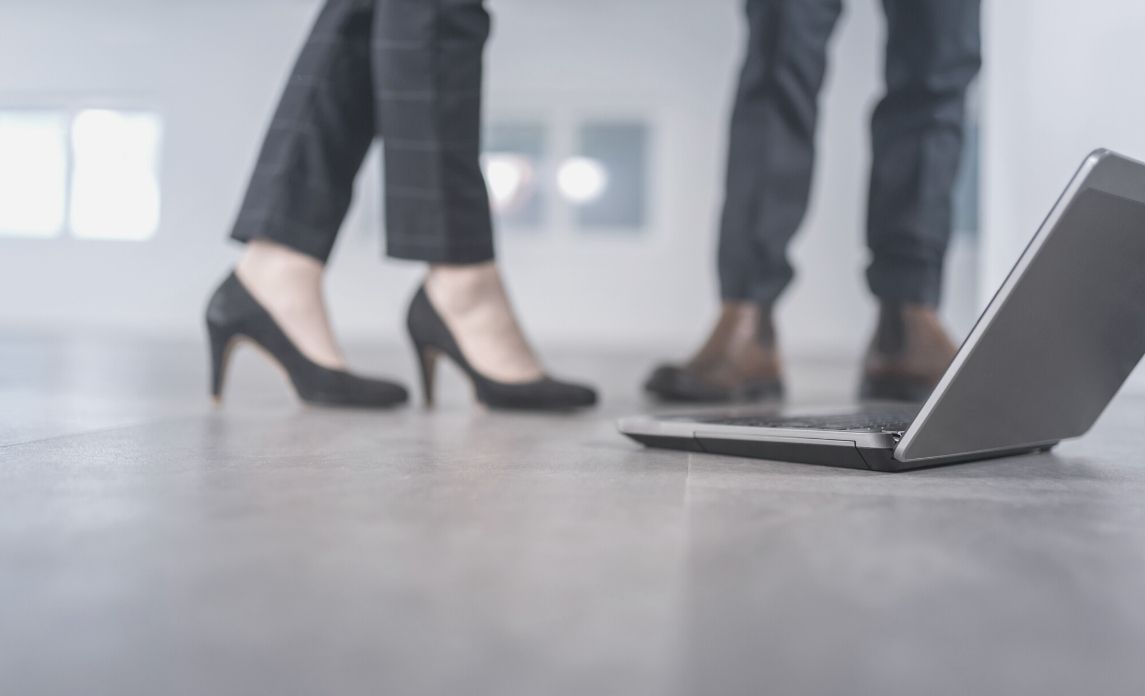When you hear the word “concrete,” the image of sturdy walls of a house or skyscraper will probably come to mind. However, concrete is actually a great material for both outdoor and indoor flooring. Apart from being durable, concrete floors are also low-maintenance when you seal them properly. In fact, sealed concrete flooring is practically impervious to dirt, impact, stains, and spills.
A few other benefits of sealed concrete floors include:
- No gaps, grout lines, or joints where dirt can get trapped.
- Pet-friendly.
- Scratch- and water-resistant.
- Stays in good condition for 3 to 10 years, depending on the sealant used.
Concrete floors are also quite stylish, especially when used in industrial-themed or minimalistic settings. Indeed, they’re the floors that have it all.
Basic Concrete Floor Care
Of course, even if concrete is an extremely durable material for flooring, it still needs daily care to stay looking like new for years. Luckily, all you need for taking care of concrete floors are some simple tools and easy steps.
First, for indoor concrete floors, you need to sweep or dry mop daily to remove dust and debris. If there are greasy spills or grime that can’t be swept away, you can damp-mop with a pH-neutral cleaner. In addition, remember that even sealed concrete can stain so make sure to wipe or mop off spills as quickly as possible.
If your concrete floors have deep-seated dirt and are getting a little dull, however, you might need to call reliable professional cleaners to restore them to their former glory.
Cleaning Sealed Concrete Floors
Treated or sealed concrete is the easiest to clean among all other types of concrete floors. Many workplaces use this type of flooring because they’re practically maintenance-free, highly stain-resistant, and can withstand thousands of footsteps.
To clean sealed concrete floors, you’ll need a broom, dust mop, or vacuum cleaner; a wet mop; and a mild, non-acidic, non-abrasive cleaner so the sealant won’t break down or dull prematurely. If you prefer not to purchase a separate cleaner, you can also use dishwashing liquid or Castile soap for this purpose.
Start by removing dust and debris from the surface using your preferred method. This will help prevent scratches, especially if you have polished concrete floors. After removing all the gritty particles, you can proceed with mopping. Just take your preferred cleaner and mix the proper amount as stated on the label (about 2 teaspoons, if you’re using dishwashing liquid or Castile soap).
Mop the floor using this solution, rinse with clean water, and let the floor air dry. Sweep or vacuum the floor daily and mop at least once a week; the interval for mopping can be longer if the floor doesn’t see much activity.
Cleaning Unsealed Concrete Floors or Exterior Concrete
For unsealed concrete—often used for patios and other exterior floors—you’re going to need a garden hose or a large bucket; a heavy-duty vacuum, or a broom or brush with stiff bristles; trisodium phosphate; and your choice of stain remover. If you have access to a pressure washer, the job will be a lot easier.
Just like indoor concrete floors, the first step is to remove dirt and debris. Use the stiff-bristled broom or brush, or the high-power vacuum for this purpose. Then, mix the correct amount of trisodium phosphate and water then wash the floor. Make sure to follow the directions on the trisodium phosphate to get the best results.
If you don’t have access to a power washer, you can use a garden hose to wet the concrete and then scrub using the stiff-bristled brush from earlier to work in the trisodium phosphate into the concrete. Afterwards, rinse thoroughly and air dry.
To remove certain stains, follow the corresponding instructions below:
- Tyre marks. Found most often in garages, you can remove tyre marks from concrete using a degreaser. Let it sit for about 4 to 5 hours before rinsing thoroughly.
- Grease and oil. You can use a heavy-duty degreaser to remove grease and oil stains on untreated concrete. Alternatively, you can sprinkle some cornstarch or even kitty litter to absorb the grease. This will take anywhere from three to five days depending on how deep the grease went. Once done, you can use a vacuum cleaner to remove the particles.
- Rust. For light rust, white vinegar will work well enough. Let sit for about 30 minutes to 1 hour before scrubbing with a stiff brush and rinsing thoroughly. For heavier stains, use a rust remover that contains oxalic acid.
- Food stains. For food stains, you can rely on your preferred dishwashing liquid. Use it pure and apply it directly onto the stain if it’s oily; otherwise, mix the dishwashing liquid with water and scrub using an appropriate brush. Rinse thoroughly using plain water.
Last but not least, remember to wear protective equipment like gloves and goggles when using cleaning chemicals. Also, don’t mix bleach with other cleaners.
When you think about all of these details, it might feel like a lot of work to care for indoor and outdoor concrete floors. However, when you compare other floorings to concrete, it’s overwhelmingly simple to keep concrete in good shape. Just follow these tips and don’t forget to call the experts if you need some help.


